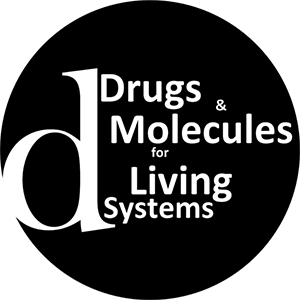MabA inhibitors
Team :
- Team Leader : Marion Flipo PhD - Assistant
- Pr Nicolas Willand PhD - Professor
- Hughes Prevet - PhD student
- Catalin Pintiala PostDoc
National and International collaborations :
- Alain Baulard INSERM U1019, CNRS UMR8204, Institut Pasteur de Lille.
- Priscille Brodin INSERM U1019, CNRS UMR8204, Institut Pasteur de Lille.
- Alexandre Wohlkönig Vlaams Instituut voor Biotechnologie (VIB), 1050 Brussels Belgium.
- René Wintjens ULB, 1050 Brussels, Belgium.
Mission
Develop a fragment-based approach to discover drug-like inhibitors of MabA as a new strategy to treat tuberculosis.
Approach
Tuberculosis causes every year 1.4 million deaths worldwide therefore molecules that are active against unexploited targets are obviously needed. Mycolic acids are very long-chain fatty acids (C60–C90) playing an essential role in the architecture and permeability of the envelope of Mycobacterium tuberculosis. The front-line antibiotic isoniazid and several other drugs (ethionamide, isoxyl, thiacetazone and thiolactomycin) target the biosynthesis of mycolic acids and especially the Fatty Acid Synthase-II (FAS-II) elongation system. This biosynthetic pathway is essential and specific to mycobacteria and has proven a rich source of targets for antibiotics. The protein MabA, also named FabG1, is a key enzyme involved in this process that catalyses the NADPH-specific reduction of long chain β-ketoacyl derivatives. It has genetically been shown to be essential for M. tuberculosis survival and it represents a target of choice to start a drug discovery program.
The main objective of this project is to use a fragment-based drug design approach to find and optimize new low-molecular-weight inhibitors of MabA. These inhibitors will be useful to design novel therapies against tuberculosis and to overcome drug resistance.
Latest results
To enhance the chance to find low-molecular-weight inhibitors, with adequate physicochemical properties to penetrate into the mycobacteria and reach their target, we screened a 1040-fragment library that led to the identification of 82 hits and demonstrated the chemical tractability of MabA. In the next step, we will optimize these fragments to obtain potent compounds and to show that the pharmacological inhibition of MabA is bactericidal. Finally, we will optimize our inhibitors into lead compounds for an in vivo proof of concept.



